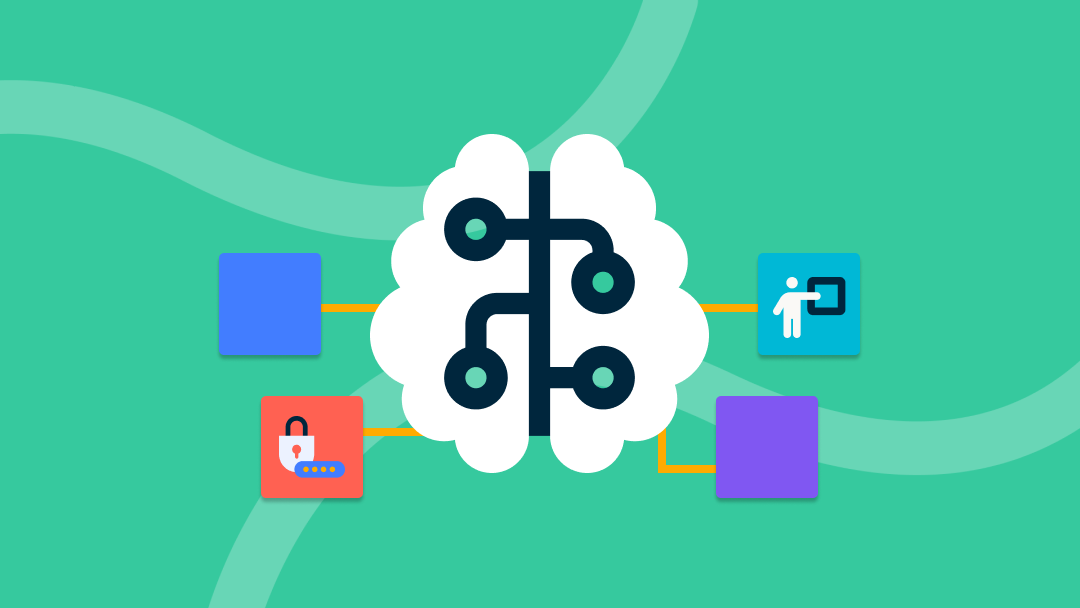The integration of artificial intelligence (AI) and machine learning (ML) in healthcare has emerged as a groundbreaking frontier, and one that is a high priority for health system executives over the next 12 months, according to a Fierce Healthcare article. This type of investment includes Generative AI, a technology with the potential to reshape patient care, streamline operations, and enhance decision-making within health systems.
Understanding the Landscape
Health system executives are increasingly acknowledging the potential of Generative AI but face challenges when it comes to concrete implementation plans. A survey done by Bain & Company revealed the top three priorities for generative AI were:
-
- Capture and reconciliation
- Structuring and analyzing patient data
- Optimizing and automating workflows
Though the value of Generative AI is seen in already-improving margins, only 6% of respondents had an implementation strategy ready. In addition, the rapid pace of innovation can create a difficult path forward for prioritization of investments.
So how does one move forward to creating a plan and charting a path forward to create positive outcomes including providers to spend more time with patients, allow certain employees to do more tasks that positively affect profitability, and more accurate high-quality data? Well, it will depend on your organization, but we have compiled a few recommendations:
-
- Develop a Clear Strategy: Health systems should chart a strategic roadmap that outlines objectives, timelines, and resource allocations for integrating Generative AI. This strategy must align seamlessly with the overarching mission of the organization. Our Generative AI Implementation Strategy Template is a good place to start this step. You can access it here.
- Cross-Functional Collaboration: The integration of Generative AI demands collaboration across various departments. Engage IT experts, AI specialists, healthcare practitioners (including nurses who likely use plenty of the technology you’ve implemented), administrators, and regulatory professionals to ensure a holistic and informed approach.
- Data Quality and Security: The efficacy of Generative AI hinges on the quality of data. Health systems should invest in data collection, cleaning, and security measures to maintain the accuracy and integrity of AI models. Compliance with healthcare data regulations is non-negotiable.
- Address Regulatory and Ethical Concerns: Understanding the regulatory landscape surrounding AI in healthcare is essential. Organizations must implement ethical guidelines that govern data usage, patient privacy, and decision-making processes.
- Invest in AI Expertise: Building an internal team equipped with AI and ML expertise is paramount. For resource-constrained organizations, partnerships with research institutions can provide access to specialized knowledge.
- Pilot Projects as Starting Points: To gauge feasibility and impact, begin with pilot projects that test the effectiveness of Generative AI in specific healthcare applications. These initial endeavors allow for learning and adaptation before widespread implementation. For example, a pilot our team did with a mid-Atlantic health system piloted an automated patient data structuring technology with two departments for a month.
- Education and Training: Educate your team about working with AI-powered tools and interpreting AI-generated insights. Familiarity with the technology fosters its successful adoption.
- Measurement and Adaptation: Establish robust performance metrics to evaluate the effectiveness of Generative AI solutions. Continuously monitor outcomes and adapt strategies to optimize performance over time. Working with a partner who specializes in measurement of success of a potential automated product is one way to complete this step without additional work.
Health systems are progressively recognizing Generative AI’s role in increasing margins and relieving pressure from providers. Through proactive planning, strategy and utilizing available resources, the right investment can be made for particular health system needs.
Invest in your patient data structure with DataBank
Our Content Intelligence product uses AI and machine learning to automatically take digital and print healthcare documents and automatically load the important information into your EMR or ECM, ready for use by providers when they need them, with 98% accuracy. A major, mid-Atlantic health system saw an estimated annual savings of $7.9 million by automating their medical records indexing process system-wide with DataBank.


0 Comments